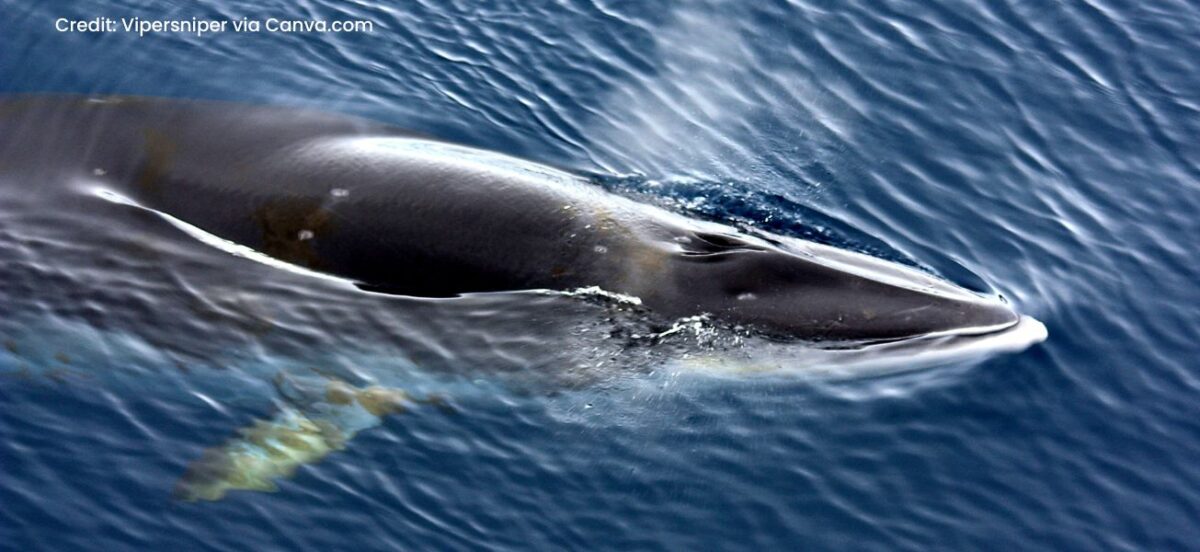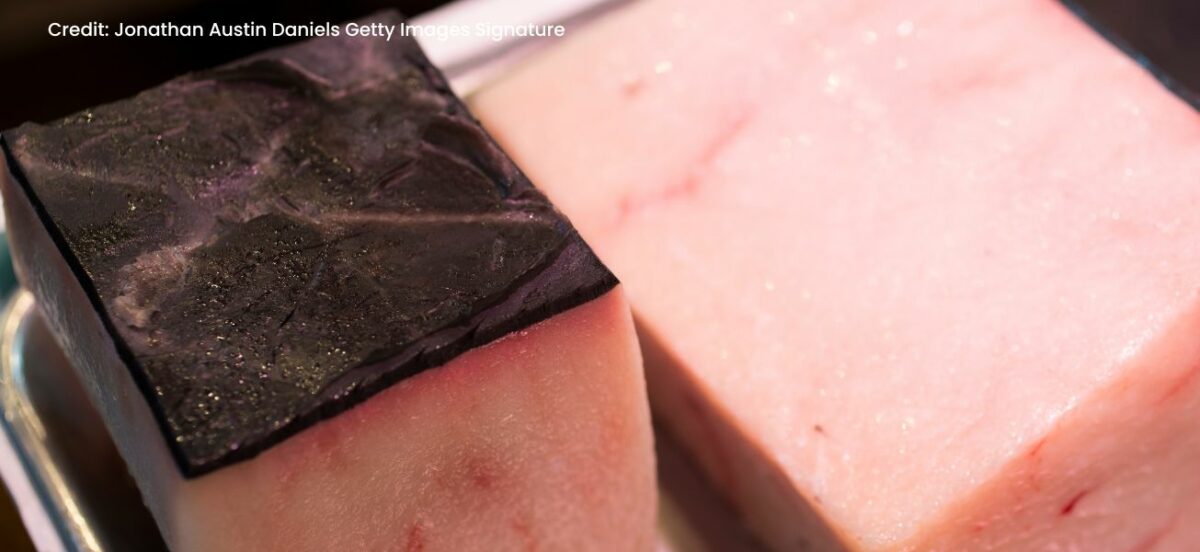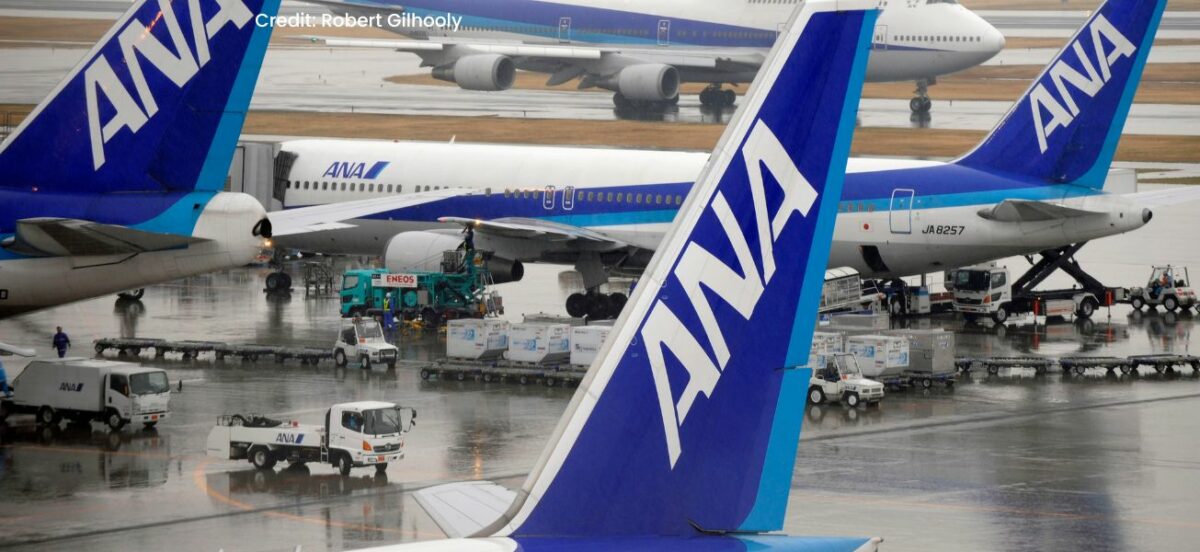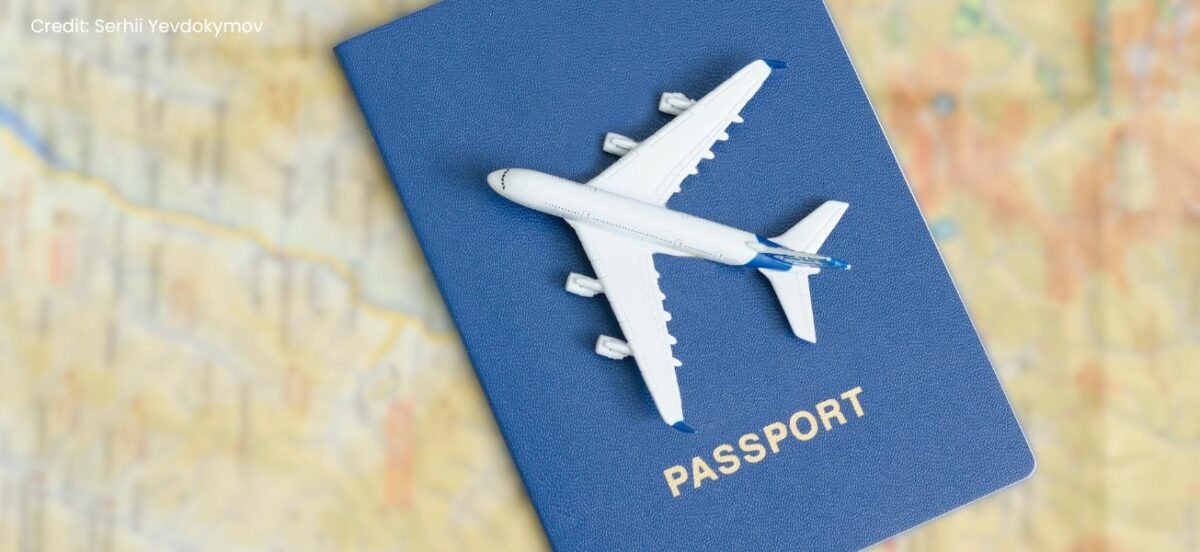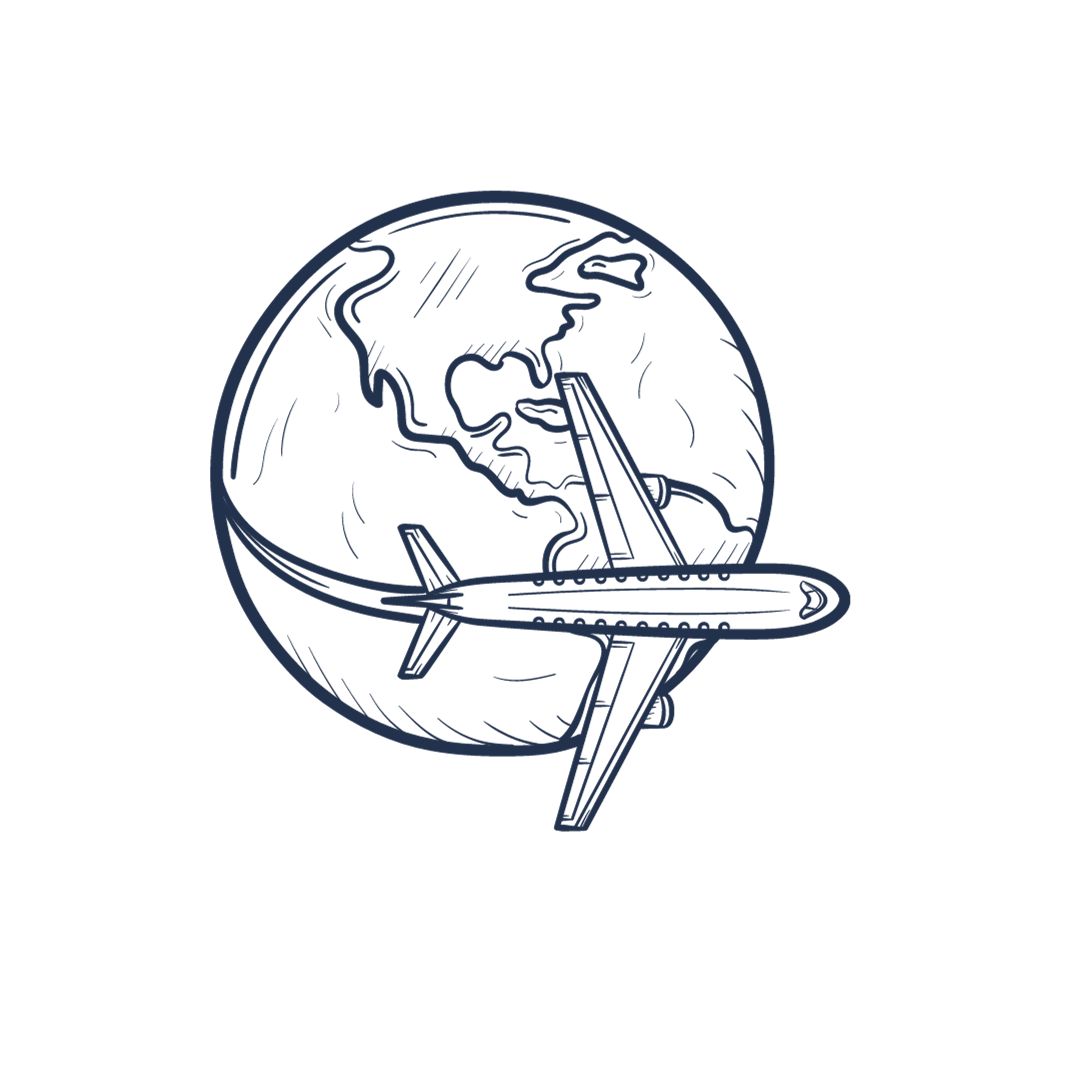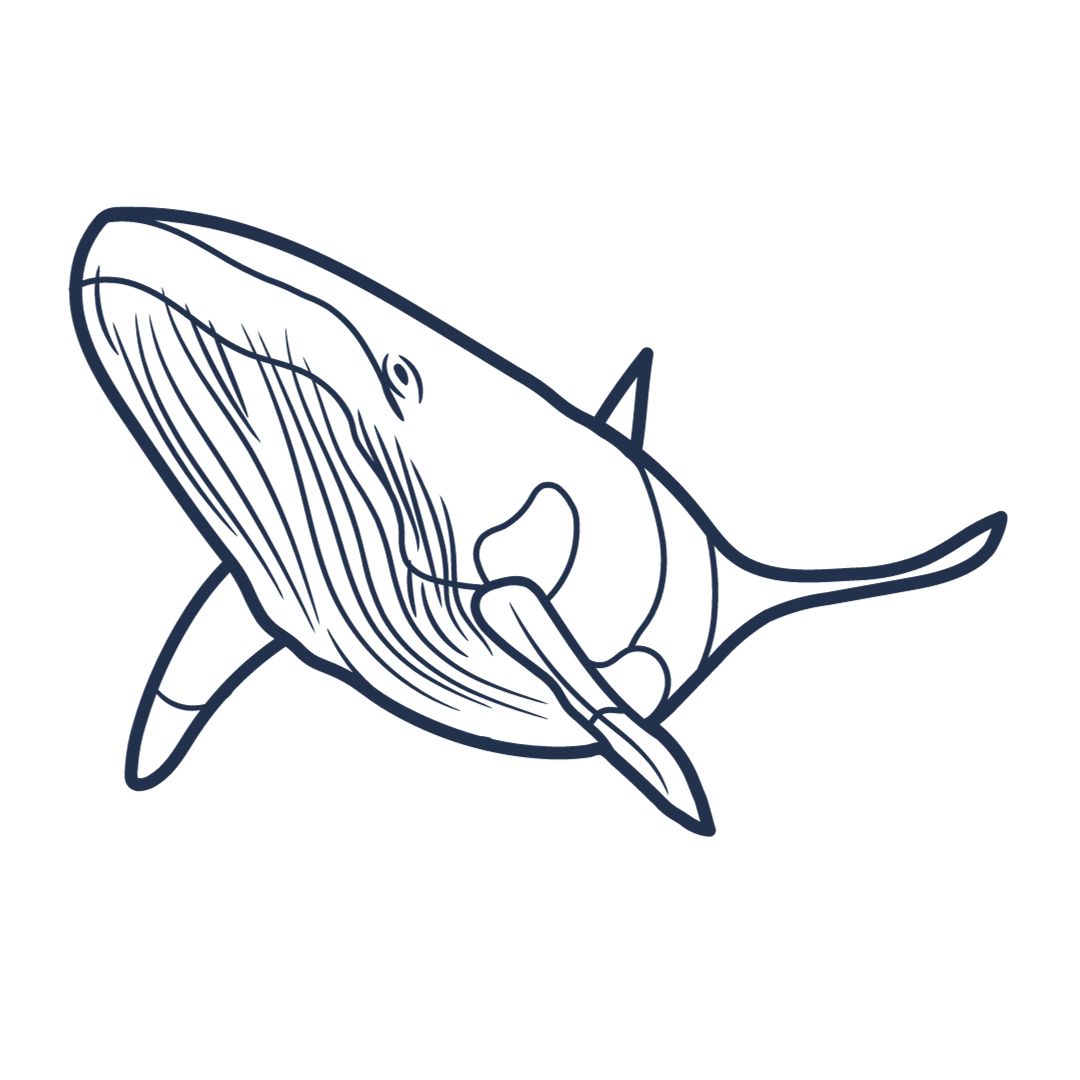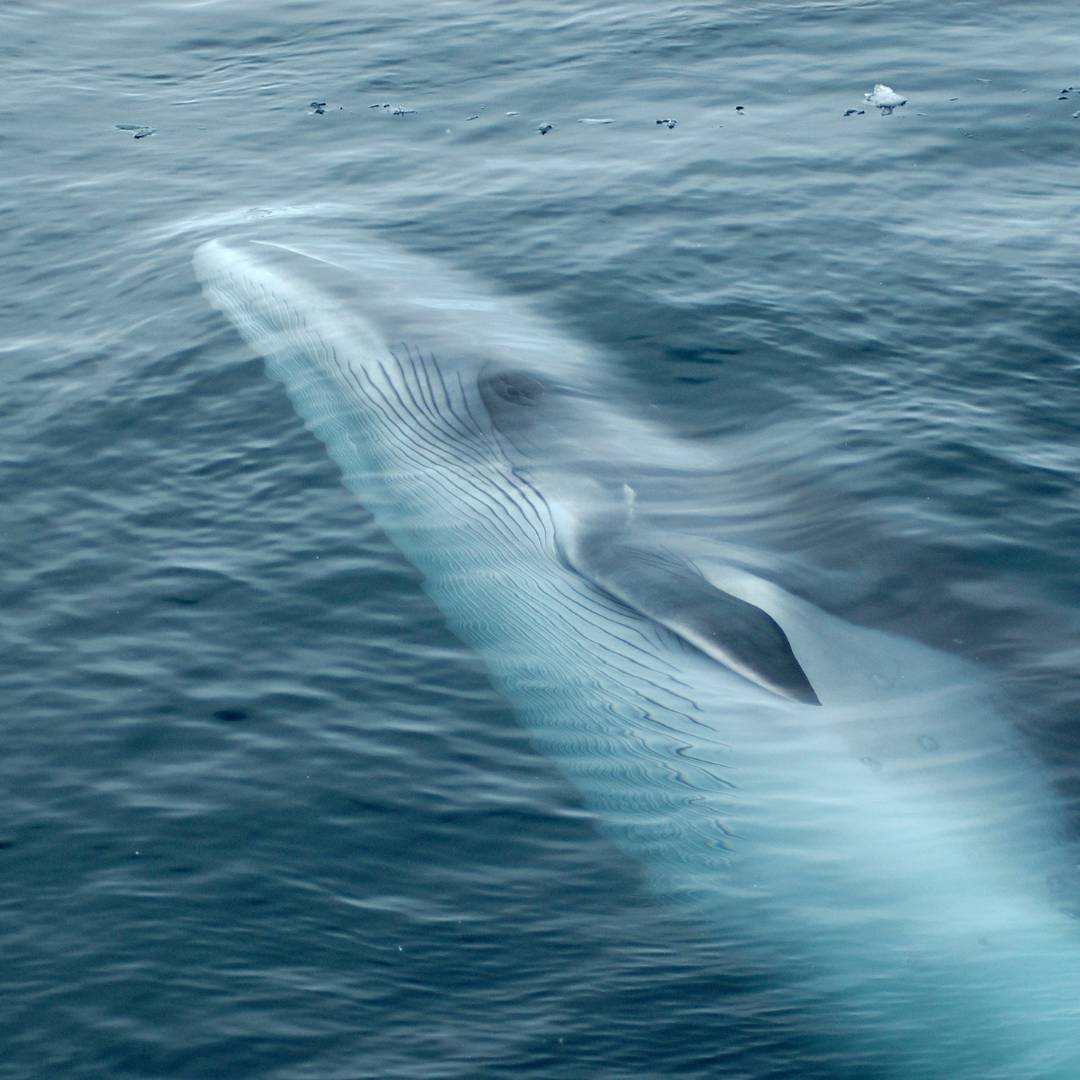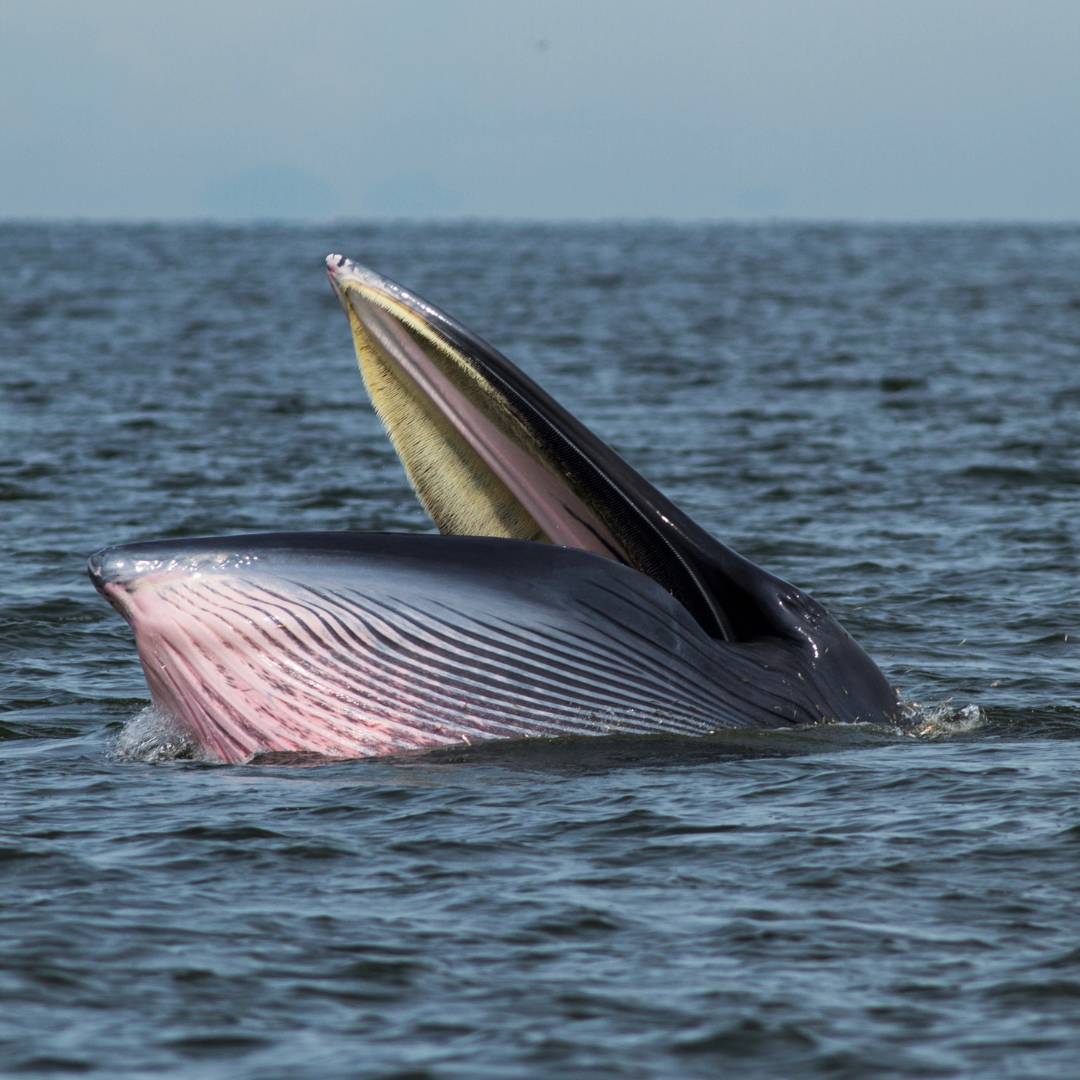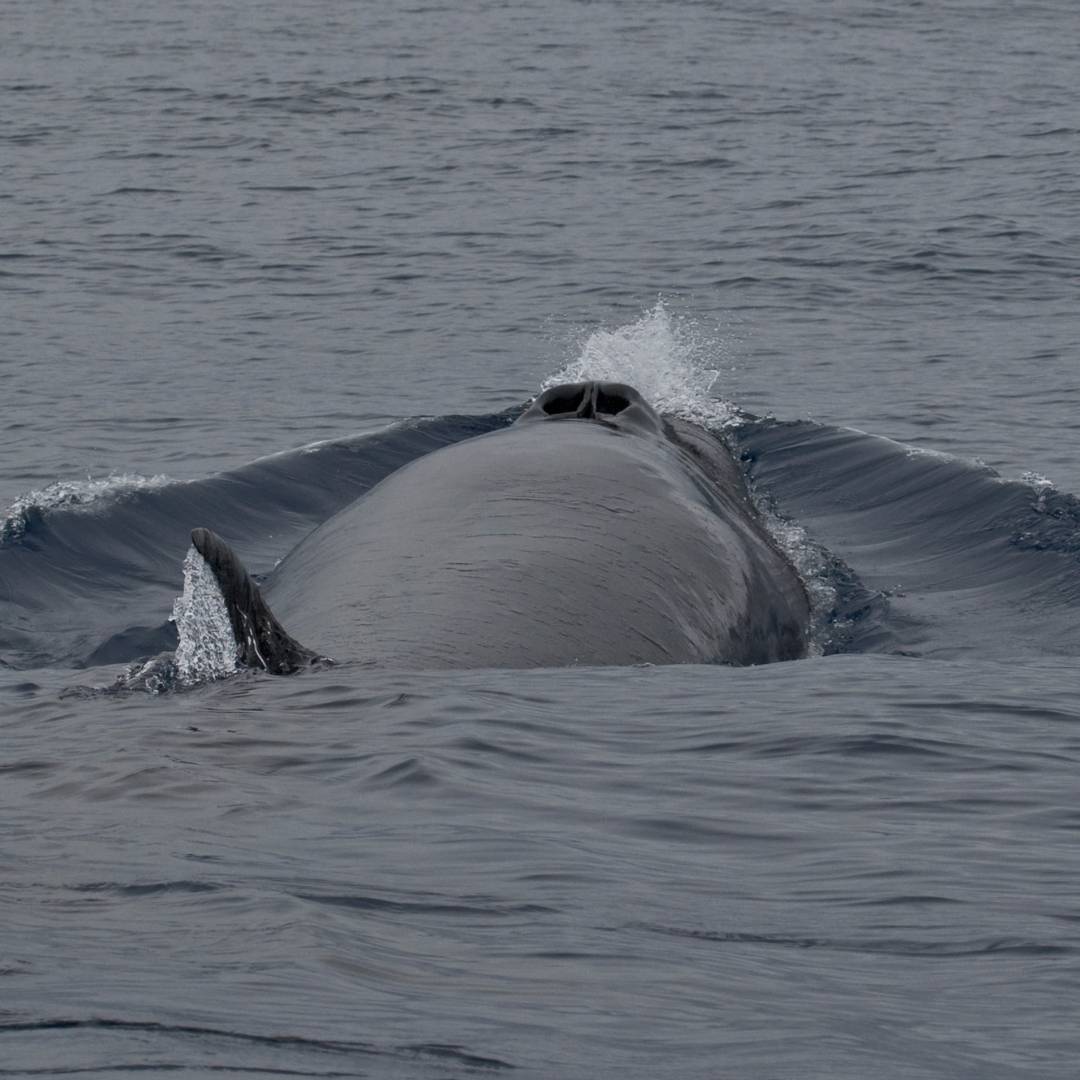Whales are hunted, killed and yet rarely eaten
A very small group of whalers continue to hunt whales in Japan - even though there is little demand for whale meat.
How many whales are hunted?
In 2019 Japan left the International Whaling Commission (IWC) so it could continue to hunt whales in its economic zone. This means Japanese whalers can kill Sei whales, Bryde’s whales and Minke whales within its domestic waters.
In 2022, Japanese whalers killed 270 whales and their quota allows a staggering 347 whales to be killed this year.
How much whale meat is eaten?
Depressingly, very little.
According to the Ministry of Agriculture, Forestry and Fisheries in Japan, whale meat consumption levels are so low that they show up as “zero” in official statistics.
Your voice can make a difference
ANA is a well regarded airline with an extensive domestic and international network. ANA aircrafts fly travellers around the world, to destinations such as Western Europe, Mexico, United States, Canada, Australia, Southeast Asia, China and Korea.
ANA’s success is based on how travellers perceive the company. Its reputation matters.
Are you a traveller? Have you flown with ANA in the past? If so, your voice matters more than ever.
ANA's connection to whale hunting
ANA Holdings, the parent company of All Nippon Airways, is a respected airline that serves passengers worldwide.
How many of its passengers know that it offers whale meat on its website through Japan’s hometown tax system?
The Japanese hometown tax system allows taxpayers to donate to local governments in exchange for local products. ANA permits multiple whale products to be offered on its website under the hometown tax system. Products include whale meat sets, whale bacon and pickled whale.
Some of these whale meat products come from the Taiji town, the home of the controversial dolphin hunts.
ANA claims to be committed to environmental protection and biodiversity conservation.
ANA has a target to ‘ensure that the use, harvesting and trade of wild species are sustainable, safe and legal’ in the ANA Biodiversity Policy.
Yet it is supporting whaling by offering whale meat.
Whaling receives widespread international condemnation due to both ethical and environmental concerns.
By dropping whale meat, ANA can play a powerful role in protecting majestic whales, including endangered Sei whales.
Learn more about the whales - the victims of the hunts
- The Smallest Baleen Whales: Despite being small in comparison to their giant relatives, Minke whales are still sizeable creatures. They typically measure around 7.5 to 10 metres in length and weigh up to 10 tons at their largest.
- Calves and Mothers: Minke whale mothers are incredibly devoted. They usually give birth to a single calf every two to three years and are known to be protective and nurturing. Calves grow quickly, gaining around 1.4 kilograms (3 pounds) per hour during their first few months of life.
- Serenaders: Minke whales are known for their vocalizations. They communicate with each other through a variety of sounds, including clicks, moans, and songs. These underwater symphonies are crucial for social interaction and navigation.
- Speedy Swimmers: These whales are like the cheetahs of the sea! They can reach speeds of up to 15 miles per hour (24 km/h) when swimming gracefully through the ocean waters.
- Eyes in the Water: Despite their massive size, Bryde’s whales have relatively small eyes. They might look unassuming, but these eyes help them spot schools of fish and krill as they search for their next meal.
- Krill Crunching: While they might enjoy a fishy snack now and then, Bryde’s whales have a particular fondness for krill, those tiny shrimp-like creatures that make up a big part of their diet. They can filter huge volumes of water to catch these delectable critters.
- Majestic Giants of the Sea: Sei whales are the third-largest whale species, showcasing their majestic presence in the oceans. They can reach astounding lengths of up to 18 metres (59 feet) and weigh as much as 20 metric tons.
- Longevity Champions: Sei whales have impressive lifespans, with some individuals living up to 65 years if left undisturbed. Their long lives allow them to contribute to the ocean’s biodiversity over many decades.
- Endangered and Vulnerable: Japanese whalers are the only ones actively hunting and killing Sei whales, despite their endangered status. The continued hunting of Sei whale meat contributes to the ongoing endangerment of this majestic species.
How are Japanese whalers allowed to hunt whales?
Japan allows whalers to conduct whaling activities within its exclusive economic zone, which is an area extending 200 nautical miles from its coastline. This is allowed under international law, as the International Whaling Commission’s moratorium on commercial whaling does not apply to whaling activities conducted within a country’s exclusive economic zone. Japan withdrew from the International Whaling Commission in 2019 to continue commercial whaling in its own waters. This decision was met with international criticism and concern for the conservation of whale populations.
Japan sets its own whaling quotas for Minke whales, Sei whales, and Bryde’s whales. The quota for 2023 permits whalers to catch and kill 136 Minke whales, 187 Bryde’s whales and 24 Sei whales.
